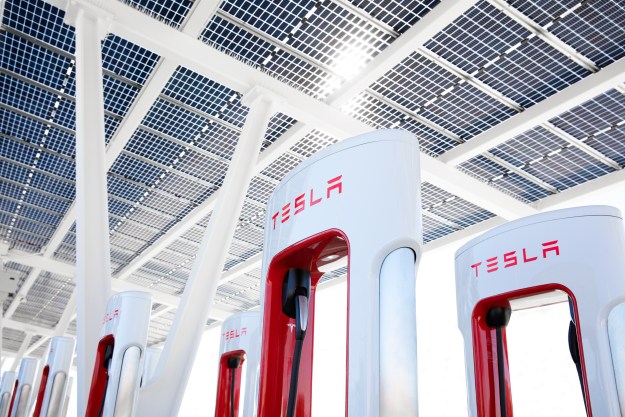Looking at annual sales figures confirms car buyers like to sit high. SUVs and crossovers are outselling sedans by a growing margin, but lumping them in the same basket isn’t accurate. Although they’re similar, there are several key differences that keep SUVs and crossovers on opposite sides of the same room. They’re built differently for different purposes. Our quick guide will help you understand precisely the type of vehicle each term denotes.
Peeking under the body

In simple terms, SUVs are truck-like, while crossovers are car-like. SUVs often use body-on-frame construction, meaning the body is bolted to a separate frame. Crossovers feature unibody architecture, meaning the body and the chassis form a single structure. The layout used makes a big difference. Body-on-frame vehicles are generally more rugged, more capable, more durable, better suited to towing, and happier to venture off the beaten path. Unibody vehicles are normally lighter, more efficient, more comfortable on the pavement, and less truck-like to drive.
Customer demands, cost constraints, and government regulations largely dictate the type of architecture used. Most motorists in the market for something with a decent amount of ground clearance don’t care about off-road capacity. They want a car that’s spacious, reasonably efficient, safe, and comfortable around town, so a crossover fits the bill. Building a body-on-frame SUV that’s as comfortable, maneuverable, and efficient as a unibody crossover wouldn’t be impossible, but it would be exceptionally difficult. Conversely, drivers who truly need an SUV plan to tow, haul, and/or go off-road on a regular basis. Crossovers don’t do any of these things nearly as well as burly SUVs.
Blurring the line

As technology improves, these two different breeds of all-terrain vehicles increasingly overlap. Not every SUV uses body-on-frame construction; the hotly-anticipated second-generation Land Rover Defender is built on a unibody platform, yet it remains exceptionally capable off-road. The use of lightweight materials (like aluminum) helps engineers keep fuel economy in check by building lighter body-on-frame trucks. Downsized engines help, too.
Meanwhile, crossovers are gaining freakishly advanced all-wheel drive systems, locking differentials, and adjustable ride heights that help them conquer rough terrain. These features push the limits of the unibody architecture by creating car-based models that can effortlessly take you and yours into the wilderness. At the other end of the spectrum, some of the smallest and most affordable crossovers on the market blur another line: The one that separates them from hatchbacks. Many aren’t even offered with all-wheel drive, like the Nissan Kicks.
What about performance?

The distinction between crossovers and SUVs continues when performance enters the equation. If you want to sprint through the desert or race through a forest, you’ll need the durability of a true body-on-frame SUV to make sure you don’t end up bending something that will be really expensive to replace. For example, the members of Toyota’s TRD Pro line of trucks (which includes the 4Runner shown above) are designed to absorb ruts and rocks with ease.
If you’re more interested in carving canyons, the structural rigidity of a crossover will better suit your purpose. Alfa Romeo’s Stelvio Quadrifoglio illustrates this point well. It looks like a crossover, but it’s built on the same platform as the Giulia, so it’s quick, sharp, and engaging to drive — it’s like a sport sedan with a taller center of gravity.
Who does it best?

In 2019, America’s three best-selling vehicles were the Ford F-150, the Ram 1500, and the Chevrolet Silverado. They’re pickups built using the same body-on-frame architecture found under most SUVs. Looking farther down the sales chart, spots four through seven are occupied by the Toyota RAV4 (shown above), the Honda CR-V, the Nissan Rogue, and the Chevrolet Equinox, four crossovers built on car-derived bones. Clearly, crossovers are the new normal in the industry. There are only three sedans in the top 10, and not a single station wagon or minivan.
SUVs are a little bit more niche, so they’re farther down in the rankings. Jeep’s Grand Cherokee finished 2019 in 13th place. It’s not built on a separate frame, but it’s widely classified as an SUV because it’s as capable and durable as one. The two- and four-door versions of the Wrangler finished the year as the 17th best-selling car in America.
Editors' Recommendations
- Genesis Neolun concept is an electric SUV inspired by tradition
- Cadillac aims to balance its lineup with a small electric SUV
- Acura’s resurrected ZDX SUV is an EV shortcut
- Mercedes-Maybach EQS SUV is old-school luxury — electrified
- What are the different types of electric car chargers?




